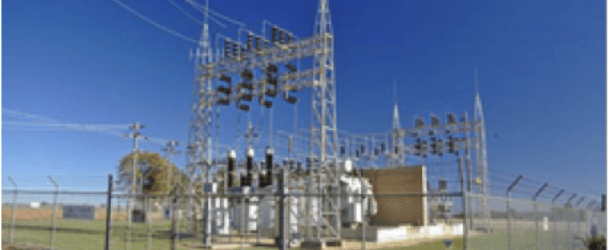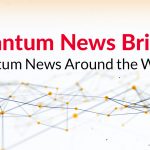Atom Computing, NREL eye quantum computing for electric grid optimization

Atom Computing is collaborating with the U.S. Department of Energy’s National Renewable Energy Laboratory (NREL) to explore how quantum computing can help optimize electric grid operations.
The news was made public during this week’s IEEE Power and Energy Society general meeting, and comes a few months after a news report suggested the Department of Energy was looking at quantum sensing technology for grid optimization. There also have been some other recent partnerships between quantum technology companies and electric utilities, most recently a team-up involving Multiverse Computing and Spain’s Iberdrola.
“Electric grids are increasingly complex as we add new power generation resources such as wind and solar, electric vehicle charging, sensors and other devices,” said Dr. Rob Hovsapian, a research advisor at NREL. “We are reaching the point where electric grids have more inputs and outputs than what our classical computing models can handle. By incorporating quantum computing into our testing platform, we can begin exploring how this technology could help solve certain problems.”
At the IEEE meeting this week, NREL researchers demonstrated how they incorporated Atom Computing’s atomic array quantum computing technologies into the lab’s Advanced Research on Integrated Energy Systems (ARIES) research platform and its hardware-in-the-loop testing to create a “quantum-in-the-loop” capability that can run certain types of optimization problems on a quantum computer.
An Atom Computing statement said that keeping power flowing across an electric grid” is a good example of an optimization problem. Power plants, wind turbines, and solar farms must generate enough electricity to meet demand, which can fluctuate depending on the time of day and weather conditions. This electricity is then routed across miles and miles of transmission lines and delivered to homes, businesses, hospitals, and other facilities in real time.
Initially, NREL and Atom Computing are exploring how quantum computing can improve decision making on the re-routing of power between feeder lines that carry electricity from a substation to a local or regional service area in the event of switch or line downtime.
“Right now, operators primarily rely on their own experience to make this decision,” Hovsapian said. “This works but it doesn’t necessarily result in an optimal solution. We are evaluating how a quantum computer can provide better data to make these decisions.”
Dan O’Shea has covered telecommunications and related topics including semiconductors, sensors, retail systems, digital payments and quantum computing/technology for over 25 years.



















